Ofrecer productos de calidad a un bajo costo ya no es una estrategia para posicionarse en el mercado. Diferenciarse de la competencia obliga a los empresarios a implementar nuevos modelos cuyo eje principal sean los consumidores, y basarse en una estrategia de Customer Experience es el mejor camino. El Customer
Uncategorized
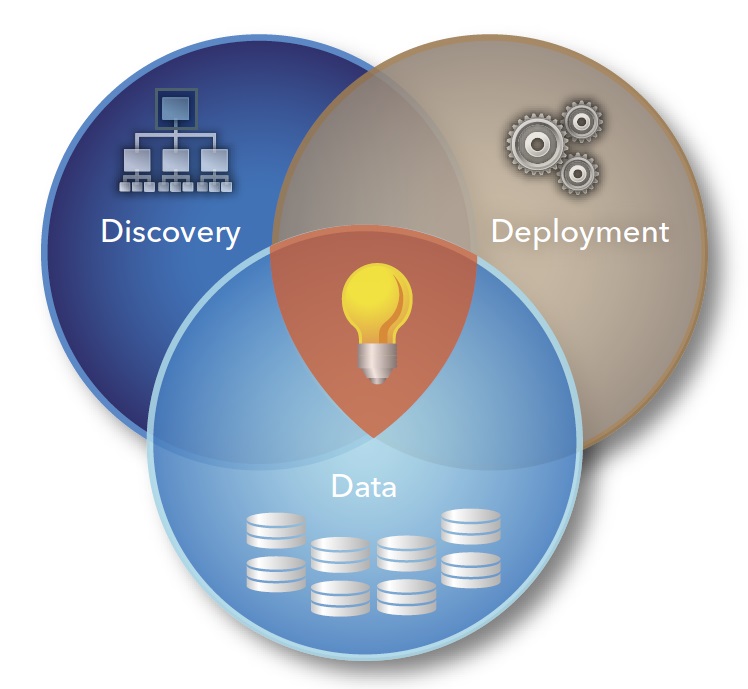
IT support levels for different processes and business applications depend on many factors. So how are analytics projects generally supported? It's common for IT to view the implementation of advanced analytics as part of a production job or process, especially when analytic models are deployed into different operational systems that are

SAS administrators now have another tool to keep SAS users from straying off their permitted path: the LOCKDOWN system option. The option was introduced in "stealth mode" for SAS 9.4. In SAS 9.4M1, it became a true, documented option. For the official guide to creating "locked-down servers", see the SAS

People who know me know that there’s one thing I hate at work – duplication of efforts. I’m not talking about working on a problem in a coordinated fashion. I’m talking about two or more people doing the same work, to answer the same question. Without coordination, there will be

All work and no play makes Ed a very dull boy. So, I took the family skiing last week. It was a blast. They had a good time out there shivering in the snow, doing stuff like: fall down, get up, repeat. Not my idea of fun. I spent my
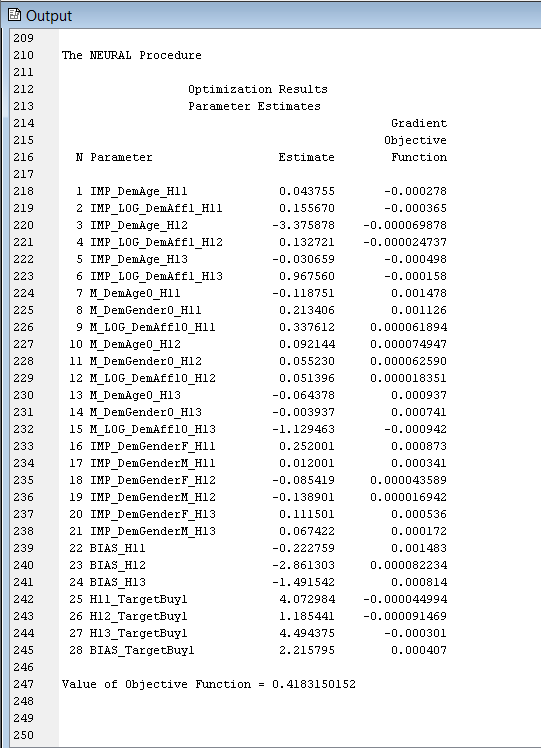
One of the primary predictive modeling tools capable of fitting very complex nonlinear functions is Neural Networks (NN) in SAS advanced analytics software SAS Enterprise Miner (EM). The default option in NN EM node uses a Multilayer Perceptron model with an input, an output and a single hidden layer with

SAS/Foresight Webinar Series On Thursday February 20, 11am ET, join Martin Joseph, Managing Owner of Rivershill Consultancy for this quarter's installment of the SAS/Foresight Webinar Series. Martin will be presenting "The Forecasting Mantra" -- a template that identifies the elements required to achieve sustained, world-class forecasting and planning excellence. He'll also
Patent trolls, aka Non-Practicing Entities (NPE), assert patents against companies in an attempt to collect license fees, but do not otherwise manufacture products or provide services themselves. They use the cost of the litigation as leverage to force settlements from the operating companies. For small companies, it could mean closing their doors.
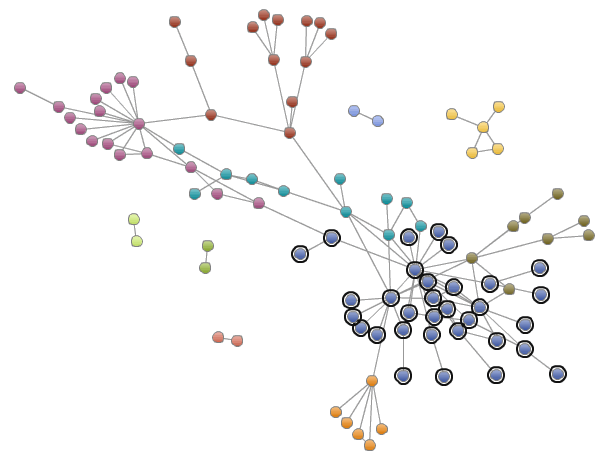
In this interconnected world, it is more important than ever to understand not just details about your data, but also how its different parts are related to each other. Social networks reveal often surprising details about what people think about your product or services, how they are linked to other
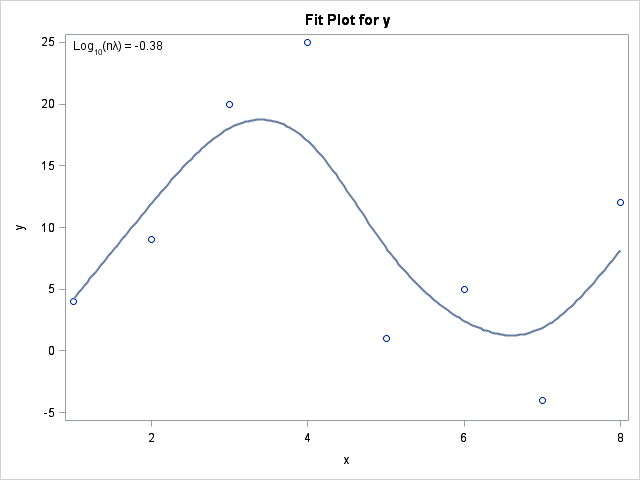
My previous post described how to use the "missing response trick" to score a regression model. As I said in that article, there are other ways to score a regression model. This article describes using the SCORE procedure, a SCORE statement, the relatively new PLM procedure, and the CODE statement.
Does your middle-tier environment run optimally? Have you ever wondered how you can tune your environment to run more efficiently? The SAS 9.4 Web Applications: Tuning for Performance and Scalability document, which is available for download from the SAS Product Documentation page, is here to help. The Tuning for Performance

I had the opportunity to moderate a roundtable discussion on risk management at the International Institute for Analytics’ (IIA) winter symposium in Orlando earlier this month. I set the stage for the session with a brief overview of my favorite risk approach, “Competing on Value”, by Mack Hannan and Peter

When the Apple Macintosh hit the market, analysts were not impressed. But Steve Jobs’ vision ended up transforming our lives. Apple is celebrating its 30th anniversary this year and has become a global household name. Jobs’ ability to direct his organization to develop easy to use products not only met
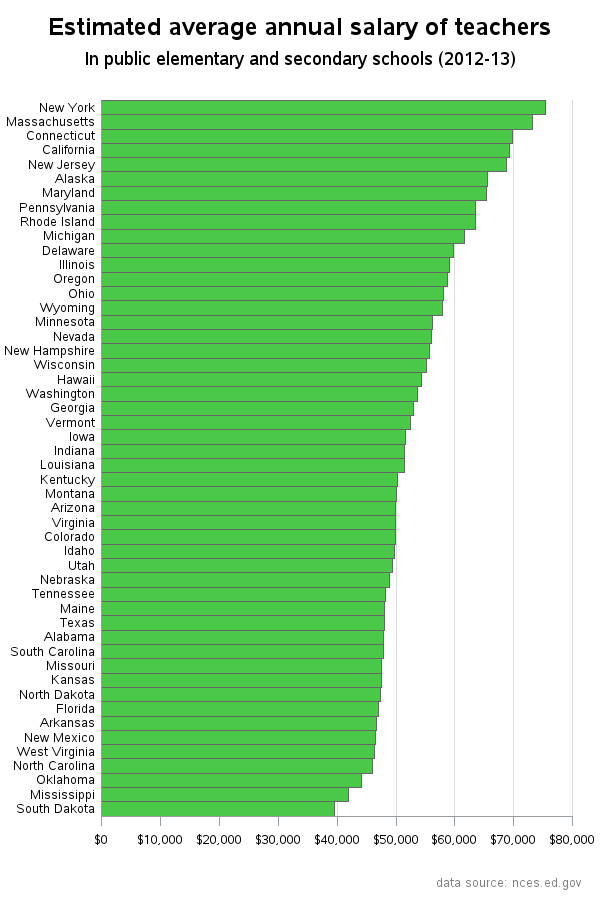
Teacher pay, and the possibility of a raise, has been a hot topic in North Carolina lately. So I decided to look around and see if I could find any good data related to teacher salary, and then try to determine the best way to present that data graphically. I found that

Over the last few years, the main qualifications for a general manager of a sports team have changed dramatically. Gut feel and experience have been replaced by analytical insight and predictive modeling. If Billy Beane started the trend with his Moneyball approach to team building, GMs like Daryl Morey (Houston

Last week's SAS Talks session, My Favorite SAS Enterprise Guide 5.1 Tricks, was remarkable in several ways. First, the featured presenter was Marje Fecht, who also serves as the conference chair for SAS Global Forum 2014. She's an avid SAS professional who loves to educate her fellow SAS users on
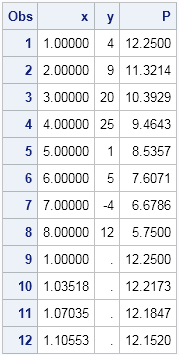
A fundamental operation in statistical data analysis is to fit a statistical regression model on one set of data and then evaluate the model on another set of data. The act of evaluating the model on the second set of data is called scoring. One of first "tricks" that I
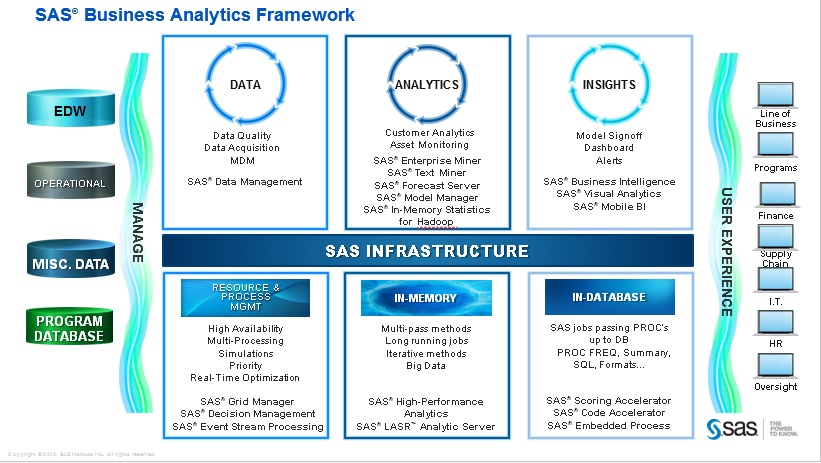
I was recently part of team discussing enterprise architecture with a chief IT architect, and we were explaining how SAS can integrate into their existing infrastructure, add business value on top it and even fit into their future planned infrastructure. This conversation was one of the reasons I blogged about

Life gifts us very few miracles. So when a miracle happens, we must be prepared to embrace it, and appreciate its worth. In 1947, in New York City, there was the Miracle on 34th Street. In 1980, at the Winter Olympics, there was the miracle on ice. In 1992, at the Academy Awards, there was

Bridging the Rift between Dev and Ops As a member of the Product Marketing team at SAS, I spend a good part of my time researching – analyst reports, industry journals, blogs, social channels – and listening to what our customers are saying. Early last spring I began noticing the term

Dylan Jones says one way to improve data accuracy is to increase the frequency and quality of reality checks.

Sie suchen, wir finden. Diese Zusicherung schwingt mit, wenn man sich die vielfältigen Partnerportale anschaut. Aber wie valide ist das Versprechen? Einer der größten Anbieter auf dem deutschen Markt ist Elitepartner: Ich hatte die Gelegenheit, Lisa Fischbach zu interviewen, Leiterin Forschung und Matching. Es ging natürlich um die Formel fürs
From time-to-time marketers, journalist, and thought leaders find ways to describe things in a new way. It’s a time-honored tradition guaranteed to attract eyeballs and sell books. Lately there has been a lot of buzz about the Internet of X, a way of describing a uniquely identifiable collection of objects

Valentine’s Day is one of those make-or-break holidays for gift retailers. They are selling "nice to have" items, not necessities. Many use some type of analytics to segment customers for personalized messages. It's not as straightforward as it sounds, especially if the organization hasn't committed to an enterprise-wide approach to
Although I currently work as a statistician, my original training was in mathematics. In many mathematical fields there is a result that is so profound that it earns the name "The Fundamental Theorem of [Topic Area]." A fundamental theorem is a deep (often surprising) result that connects two or more
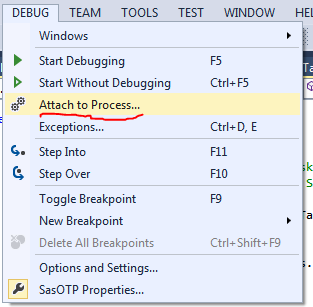
It's true: you can use the Microsoft Visual Studio Express tools to build custom tasks for SAS Enterprise Guide and the SAS Add-In for Microsoft Office. And I said as much in my book, Custom Tasks for SAS Enterprise Guide Using Microsoft .NET. I even provided step-by-step instructions for how

One of my favorite new features of SAS/IML 12.1 enables you to define functions that contain default values for parameters. This is extremely useful when you want to write a function that has optional arguments. Example: Centering a data vector It is simple to specify a SAS/IML module with a

I've always thought of TV weather forecasters as just talking heads. Sure they look pretty, waving hands in front of fancy green-screen graphics, reading poetically off the teleprompters, and standing fearlessly in the midst of the worst storm conditions. But could we expect man candy as tart as Al Roker and Willard
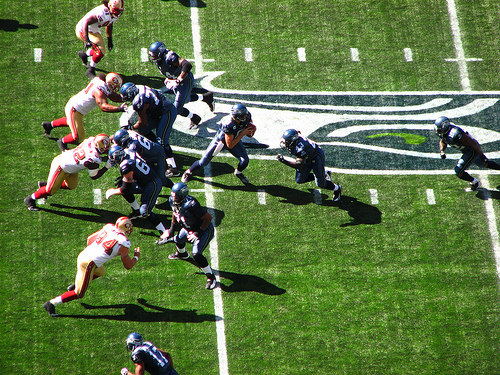
When the Seattle Seahawks won the Super Bowl, they didn’t do it because of just one factor – a great quarterback or an amazing running back. It was widely considered a team effort, helmed by a visionary coach who worked on developing a strong culture, cultivating the right players and

I'm a big believer in both/and thinking, so I'll stand squarely in the middle and say that the most important skills for competitive advantage in analytics include a combination of top-notch modeling abilities along with business acumen, critical thinking, and curiosity. I was intrigued by a blog post on this



















